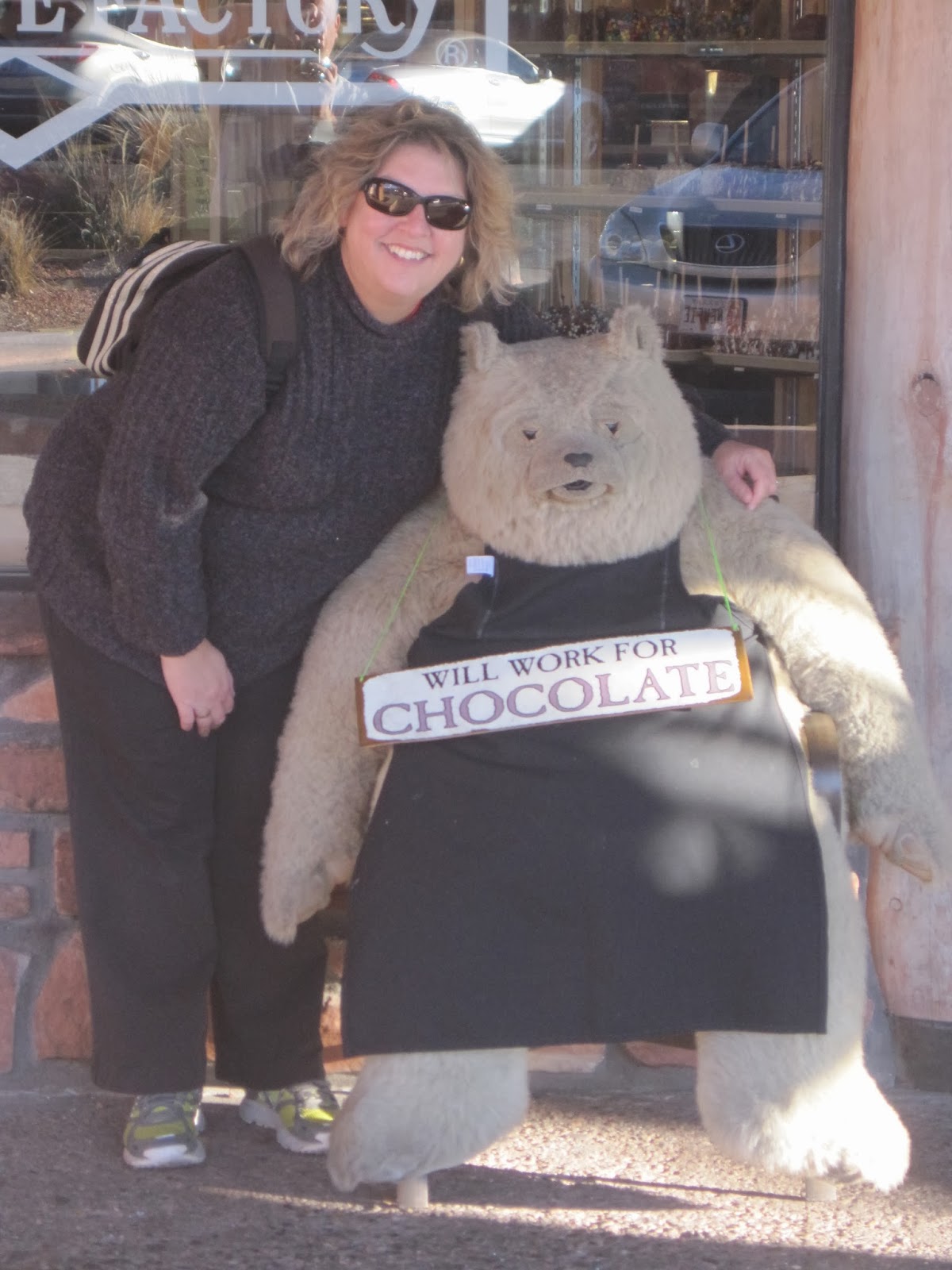… describes our week in Tucson.
Earlier this week we visited the University of Arizona’s
Steward Observatory Mirror Lab and learnt all about the HUGE lightweight
mirrors that are being cast for the biggest optical telescopes in the world. If
you’d like to know more about the process, below is the link to their site:
At the moment, they are working on 7 x 8.4m diameter mirrors
for the new Giant Magellan Telescope due to be built in Chile (the Hubble is
only 1 x 2.4m in diameter!). About 40,000 pounds of glass are placed into the
mould, by hand. The finished mirror weighs approximately 20 tons and we saw the
second mirror that was in the process of being polished:
The polishing table
The polisher
And the third mirror that had come out of the furnace
and was cooling down
The next day we visited the Titan Missile museum. This
preserved Titan II missile site is all that remains
of the 54 Titan II missile sites that were on alert across the United States
from 1963 to 1987. Able to launch from its underground silo in just 58 seconds,
the Titan II was capable of delivering a 9-megaton nuclear warhead to targets
more than 6300 miles (10,000 km) away in about 30 minutes. On the tour, we stood on top of the launch
duct and saw the Titan II missile in the launch duct and the perimeter radar
motion sensors.
We then went down 35 feet
into the underground missile complex and visited the launch control centre
where the guide simulated launching the missile.
Then we walked across to
level 2 of the missile silo where we saw the missile in the launch duct.
Below is a plan of the
underground site that we walked around
On Tuesday we visited the
Mission San Xavier del Bac which was founded in 1692 by Fr Eusebio Francisco
Kino, a Jesuit pioneer and explorer.
Today’s Franciscan church
was built between 1783 and 1797 with 7,000 pesos borrowed from a local rancher.
The local villagers helped and artists from New Spain (Mexico)
completed the interior. Because the Apaches were a constant threat, all workers
earned double pay! As with most Spanish Colonial architecture, the inside of
the church is anything but subtle:
Wednesday saw us at the Pima
Air and Space Museum. It holds the world’s smallest
aircraft called the Bumble Bee:
And Mark’s favourite plane,
the Blackbird (SR-71)
As well as walking around
more than 300 aircraft both inside and out, we went on the “Boneyard” tour aka
Aerospace Maintenance Regeneration Group. This is where planes are either in
storage or will be broken up and used as spares at a later date and it covered
an enormous area (I've included an areal shot from their website to give you an
idea of the sheer size:.
Yesterday we went up to Kitt
Peak National Observatory, high above the Sonoran Desert.
The site was selected in 1957 after a three year survey of more than 150 sites
and is now home to the largest collection of astronomical telescopes in the
world – 25 optical and 2 radio telescopes.
We toured the world’s
largest solar telescope, the McMath-Pierce Solar Telescope and saw sun spots
and solar flares through the Meade Solar Telescope Array
Saw the 2.1m telescope:
And then the 4m Mayall telescope:
We started the week with
mirrors and ended with telescopes, so it tied it altogether quite nicely. In
fact when we were in the visitors centre, Mark was talking to one of the tour
guides and was asked if he was a scientist! No, he just has a lot of info
stored in his brain J
Tomorrow sees us leaving Tucson and heading to the Kartchner Caverns and Tombstone before heading east to New Mexico and continuing our adventure.

















































